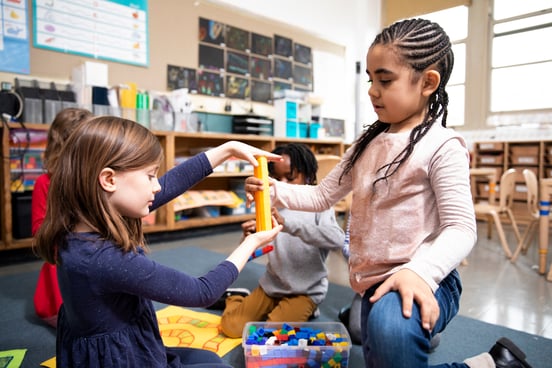
5 Easy Math Engagement Strategies for the Classroom
The news headlines are daunting. Math scores are down. School districts are scrambling to turn things around. And...
Perry Scopes | Published October 12, 2018
Imagine you are a middle school student challenged with the phenomenon, “What causes rainbows?” in your science classroom.
Your preferred learning style might be to watch a video depicting the dispersion of colors within a prism. Your friend would rather read an explanation; another classmate prefers to draw a diagram, while another would like to learn through experimentation with the frequency of light and refraction.

A teacher can implement a variety of pedagogical approaches to support students’ inquiry, investigation, and explanations for this phenomenon. But how can pedagogy respond to the various preferred learning styles in a single classroom? Tackling this instructional challenge can either deepen students’ learning and metacognition or, unfortunately, create frustration. There is no right or wrong approach to honoring student modalities: rather it’s the notion that all individualized learning styles are recognized, respected, and valued within each lesson experience.
Download the VARK infographic to align your pedagogical approach to VARK learning styles and discover how STEMscopes addresses learning styles through a range of elements within our curriculum. Then, start a preview to explore interactive and engaging lessons designed for all learners at stemscopes.com/stempreview.

The news headlines are daunting. Math scores are down. School districts are scrambling to turn things around. And...

Math assessment in California is changing. What used to be a compliance exercise or reporting tool is now becoming a...

You know the moment: a student’s eyes light up when the science experiment fizzes or the math puzzle helps them...